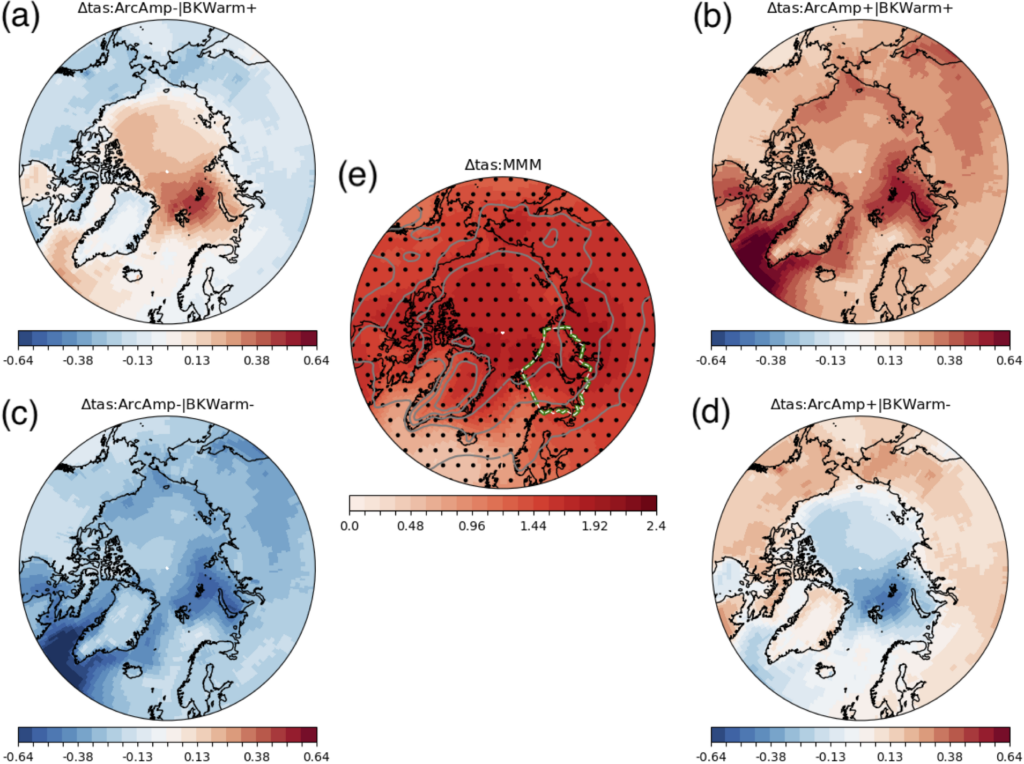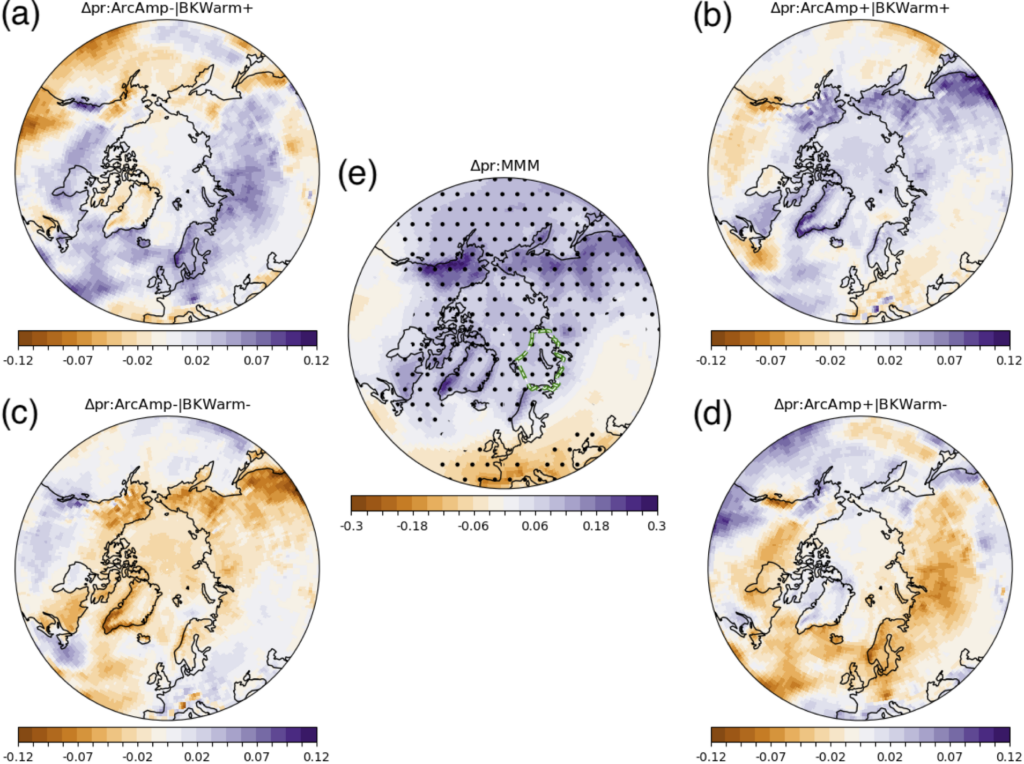Boreal Forest Fires
Wildfires in the boreal region are rare, but with the rapidly changing climate, their occurrence is likely to increase. While fire is a natural part of ecosystem changes, its scale and intensity will have significant impacts on the composition of vegetation, the carbon stored in the soils beneath, and livelihoods in the high northern latitudes.
The boreal forest region is one of the largest forested regions on the globe and, historically, the source of about 10% of the carbon released by wildfires. At the same time it is the region with the highest temperature increase worldwide. It is expected that with a changing climate there will be more vegetation growing in the high latitudes, while the lengths of the burning season will extend with higher temperatures leading to even dryer fuels. All of the above will most likely lead to an increase of wildfires in general, but also to an increase of extreme fires, as the 2021 and 2023 fire seasons have shown.
In this part of the project, we will investigate how a changing climate will alter fire regimes in the boreal regions. Extended dry and warm periods are expected to lead to an increased availability of cured fuels that facilitate both a higher number and intensity of wildfires. Moreover, higher temperatures and longer growing seasons will likely lead to northward migration of shrubs and trees, which in turn will lead to more flammable biomes and more biomass, resulting in even more fuel.


Storylines
We have chosen 2 storylines for the pan-arctic region that differ from the multi-model mean of the In Work Package 6, we will investigate how a changing climate will alter fire regimes in the boreal regions in we have chosen the following 2 Arctic storylines:
- Storyline A: Weak Arctic amplification with a strong warming of the Barent-Kara sea
- Storyline D: Strong Arctic amplification with a weak warming of the Barent-Kara sea
Storylines A and D are chosen to provide a set of contrasting climatic conditions between land and marine areas, rather than enhanced conditions (e.g. stronger or more extreme). The outcomes of the simulations using these storylines will give an indication as to whether we will have to expect a wider range of possible future Arctic fire regimes and vegetation compositions and where changes are most significant for both, environment and society.
Physical changes in rainfall and temperatures show a variety of possible projections for wildfires across storylines. Compared to the multi-model mean changes, cooler surface temperature in storylines A and C suggests fewer fire risks, if undergoing the same amount of global warming. Storylines B and D present the opposite outcome, with more intense land warming likely driving greater fire risks. Nevertheless, concomitant changes in precipitation rates (and surface wind) are expected to modulate those trends: for instance, a wetter summer may reduce fire risk in storyline B compared to D, even if both storylines show similar rates of warming over land.
